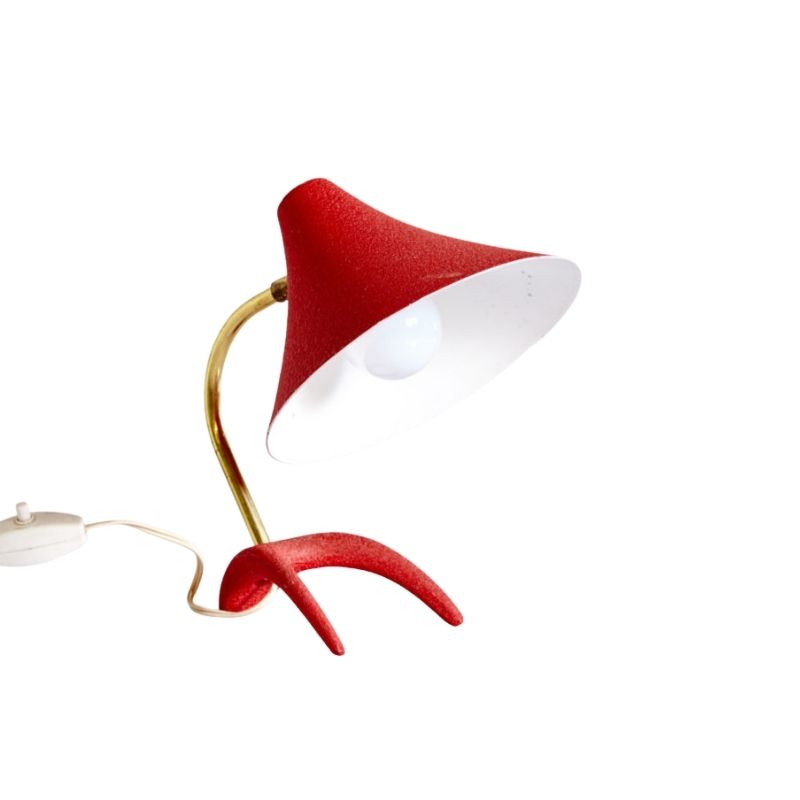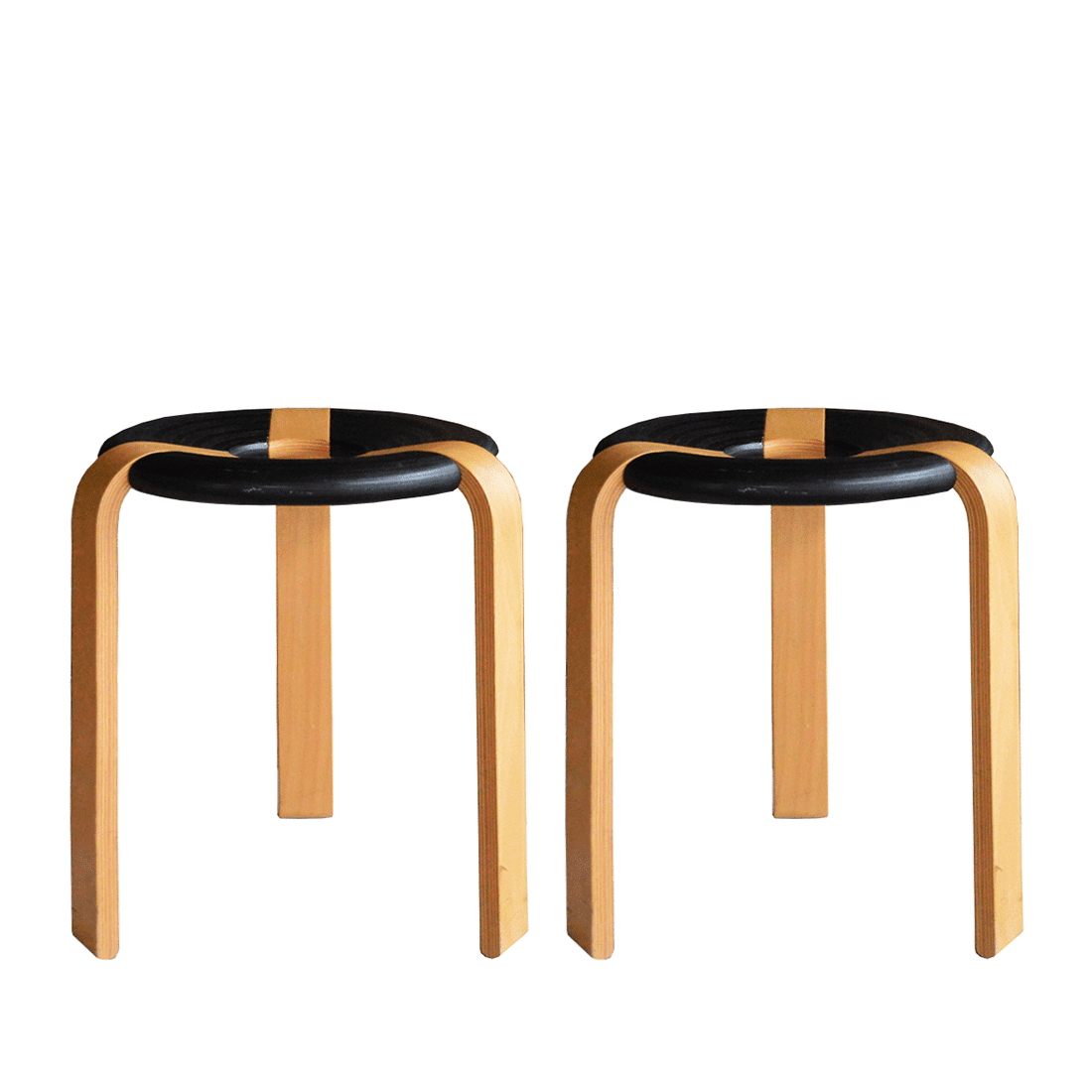Brainstorming on social design
Great issue!.
I,m not specially focus on Alzheimer, but had little experience with other exercises.
I,d divide the work/problem in two: ONE in the specifically about ,,Design,, (with industrial, interior, architecture and why not graphic and fashion and others), and TWO the ,,management,, of all that.
ONE, the specifically ,,design,, side. I don?t think that here we shoudn,t have many problems.
TWO, but I belive that this is where there will be more necessary to work, more to run, the really HARD work, (or just designers design, and find ,,managers,, to manage all this.
---Unconnected ideas, I,ll send them as they come:
All that BMT and Hudsonhonu had said, it,s true and to think/talk and just a small quantity of all the problems to consider.
If the designer ,,alone,, do their ,,pretty,, designs once he/she have it, then have to ask:
Where, to whom, when show/sell/explain go with the ,,pretty,, ideas?
Finding foundations that are already working on that will solve some problems that others had already passed. ( http://www.pbs.org/theforgetting/ from rockland could be a good start)
Have someone that really understands the problem, and then very focus on it. (perhaps Dcwilson)
Insist, Insist, Insist, and then again.
Politicians and enterprises have the tools to do the things. So it,s necessary to understand how they work.
I also passed for similar situations (and perhaps that,s why I,m too sensitive to ?rock,s-design) and is good to ,,canalize,, all that energy in something productive!.
Three examples that I remember:
There is at university ,,architecture for handicapped,, Is a complete career that can be made (6 years).
So, a lot to learn! but I remember that in the first years students, before design anything, do some exercises like:
Walk (with another student), some blocks with a scarf in his eyes blinded.
Try to go from home to university with a wheelchair, and then discover that can enter here and their, oh! that door and that elevator are smaller that I thought!
Others with Zimmer frames, and so on.
Just a start!
Some years ago my wife with her partner presented a project to make some parks over the railway train in a historic area, with conservation issues as well.
In the beginning hard to find politicians to present the project,
But once founded, oh?
Ps. I still remember telling her they were loosing time n money, now I think was great.
Now, I,m trying to do a recycling n design project.
Here there are, thanks to the crisis, people that collect bottles and cardboard, called ,,cartoneros,, (cardboarders), but one idea that can seem to be simple.... tons of problems!
Again, as I said, the biggest problems are behind the design issues.
p.s.: Oh, about the bed,s height, It,s true! It,s comfort for the.............doctors and nurses, of course!
I,ll put again a link that,s so wide that may include this and many other issues:
http://www.designaddict.com/design_addict/blog/index.cfm/2007/12/10/Utre...
Social Entrepreneur
,,,,,,,,,
What is a Social Entrepreneur?
Social entrepreneurs are individuals with innovative solutions to society's most pressing social problems. They are ambitious and persistent, tackling major social issues and offering new ideas for wide-scale change.
Rather than leaving societal needs to the government or business sectors, social entrepreneurs find what is not working and solve the problem by changing the system, spreading the solution, and persuading entire societies to take new leaps.
Social entrepreneurs often seem to be possessed by their ideas, committing their lives to changing the direction of their field. They are both visionaries and ultimate realists, concerned with the practical implementation of their vision above all else.
Each social entrepreneur presents ideas that are user-friendly, understandable, ethical, and engage widespread support in order to maximize the number of local people that will stand up, seize their idea, and implement with it. In other words, every leading social entrepreneur is a mass recruiter of local changemakers?a role model proving that citizens who channel their passion into action can do almost anything.
Over the past two decades, the citizen sector has discovered what the business sector learned long ago: There is nothing as powerful as a new idea in the hands of a first-class entrepreneur.
Why "Social" Entrepreneur?
Just as entrepreneurs change the face of business, social entrepreneurs act as the change agents for society, seizing opportunities others miss and improving systems, inventing new approaches, and creating solutions to change society for the better. While a business entrepreneur might create entirely new industries, a social entrepreneur comes up with new solutions to social problems and then implements them on a large scale.
,,,,,,,,
from a link from.... DA ads! thanks P&A.
http://www.ashoka.org/social_entrepreneur
in here....let's get started.
I am 1 of 4 partners in a design firm located in Miramar Beach, FL. We recently were given the challenge of designing the "common areas" of an alzheimer's facility. I have been researching the disease looking for information on what alzheimer's patients really need in order to live a more comfortable life.It is my intention to follow up on any ideas submitted and analyze all angles. Please feel free to contact me with your suggestions. My email address is: stacy at thetamarindgroup dot com
Thank you so much DC for brin...
Thank you so much DC for bringing up something both important and interesting.
I think that comfort and re-assurance in the common and bed rooms and indeed everywhere else are as important as the type of flooring etc, if you feel relaxed and confident perhaps you are less likely to fall? Drawing a long bow perhaps.
Why not discuss with the family pieces of furniture or other items that can be brought into the facility when the new patient is admitted? Try and emulate the arrangement of furniture that the person previously lived with? I once worked in aged care and saw a semi circle of identical and horribly institutional armchairs, a persons own smell and wear marks on their chair would surely be more comforting than that? Its not a situation where design that looks good should be high on the agenda.
Interesting links, not entirely relevant though.
http://en.wikipedia.org/wiki/Alexander_Maconochie_Centre
http://en.wikipedia.org/wiki/Maggi e's_Centres
MA interior & Spatial Design
Im currently studying an MA. I have developed a project that aims to develop an environment for those with alzheimer's. I want to develop an environment that stimulates both the mobile and immobile, that goes further than surface ornamentation and finish.
Looks like the Smurfs have...
Looks like the Smurfs have gone into interior design, apparantly patients were consulted on this but perhaps they were too polite to object.
This sort of beaurocratic enforced cheerfulness just induces rage, in me anyway.
Look theres even a token baekelite radio!
http://www.boex.co.uk/projects/longreach-dementia-ward
I am so glad to see this thread get a second life...
Everyone keep up the good thoughts and good works on this subject.
With one of our family members, we have had an interesting breakthrough. His short term memory is horrible, but his long term memory is still intact. When I talk with him about things that scare the bejeezus out of him, because he cannot remember them, I simply write it in a note and tape it to the wall next to his bet, so he sees it constantly. What we have learned is that if the note is up for about a week, even though he forgets it every day for that week, by the end of the week, it enters his long term memory and he retains it. He then takes the sign down himself. Amazing! So: signage aimed at accessing long term memory is a good thing.
Another memory technique, and this one we got from an article published by a UCLA professor, is we give him a list of things to surf for with Google each day and encourage him to search for other things. It turns out that online searching with a search engine stimulates new neural net connections. Hence, though Alzheimers is taking connections away, he is building new ones, so the net losing is slowed significantly.
Next, see if your doctor will prescribe ritalin and see if your family member can handle it. Ritalin is a stimulant that has been proven in research to stimulate new neural net connections. Again, this slows the net losing of neural net connections.
Pt. 2
Crossword puzzles in which the person has to look up quite a few new words each day is yet another way to stimulate new neural net connections (learning new vocabulary) that offset those that are being lost.
So Alzheimer's facilities need to have a lot of mental gymnasium facilities designed in to help the person add new neural nets connections to off set the old ones being lost.
Another way to build new neural net connections, IMHO, is hard physical work. Our family member goes out each day and rides a riding lawn mower on our 5 acres. He works on his riding lawn mower too. He tries to fix anything that breaks. New problems seem he has never solved before seem to divert him away from having to recall old solutions. Solving new problems seems to build up new neural net connections that again offset the loss of old ones.
Pt. 3
Physical work itself, like string trimming on a hill side seems to be something that does not require him to recall old solutions, but rather causes him to have to think anew about the rich topographical and ecological complexity of the environment that he is string trimming in. He is a retired hard scientist, who has always loved the out of doors and its manifold complexities. Operating the lawn mower and string trimmer seem to be in the most durable part of his long term memory. Again, just the act of having to find ways to stand on the hill sides, seems to trigger an endless stream of tiny new neural net connections that accumulate and offset the losses of older short term neural net connections. The old Phi Beta Kappa. The old marine biologist who went on voyages of every ocean in the world. The scientist who helped develop the models of simultaneous linear equations and helped empirically verify that they accurately predicted the great ocean gyres and currents as a young man. The old ecologist who long ago applied game theory to models of speciation triggered by topographies. He's out their on the zero turning radius mower and the at the end of his beloved string trimmer pioneering what a human mind can do when confronted with Alzheimers. They tested him and after two years and his memory tests out about as high as it did two years ago. If he can do this, then maybe designers can learn something about this and design environments that stimulate the firing of new neural nets and slow the progress of the net loss. I am speaking only anecdotally here. I cannot prove it with a double blind study. But my hunch, my hypothesis, is this: most of the facilities are currently designed in ways that reduce as nearly to zero the daily firing and accumulating of new neural net patterns, and this in turn accelerates the net loss of neural nets. Its only a hypothesis, but it that's how all research starts.
Slowing net loss of neural net connections by additions, plus working systematically to move key pieces of information into long term memory have helped one of our older folks some. It has empowered him, too. Trying to see what he could make "this old mind and body do" is perhaps his last experiment. It has given him purpose and retained self-respect. He wants to be with his trees and his grass and his weeds and his bog and the rain and the wind that have always stimulated him to think anew and still do.
It is counter intuitive perhaps. It is certainly counter to what is the current standard of Alzheimer's facilities. But our five acres is a laboratory for triggering new neural net connections as fast as possible. No doubt designers and neuroscientists could work together and vastly improve upon our natural lab, to systematically create more stimulating environments for Alzheimer patients, environments that turn the joy of discovery back on in them, rather than just reduce their stimulus to a level that they do not beocme agitated.
Neural connection really...
Neural connection really seems more and more to be the story of life. Count me as one who is pleased too that this thread was rejuvinated, and glad to read dc's recent comment.
One thing I want to make clear (seeing my old comments in these older threads has led to a neural connection that tells me I have a weird tendency to be way too oblique) is that one of the most important aspects of good health is to keep moving, literally and/or figuratively, long as you possibly can.
I mean that.
If you need any help, please contact us at – info@designaddict.com









